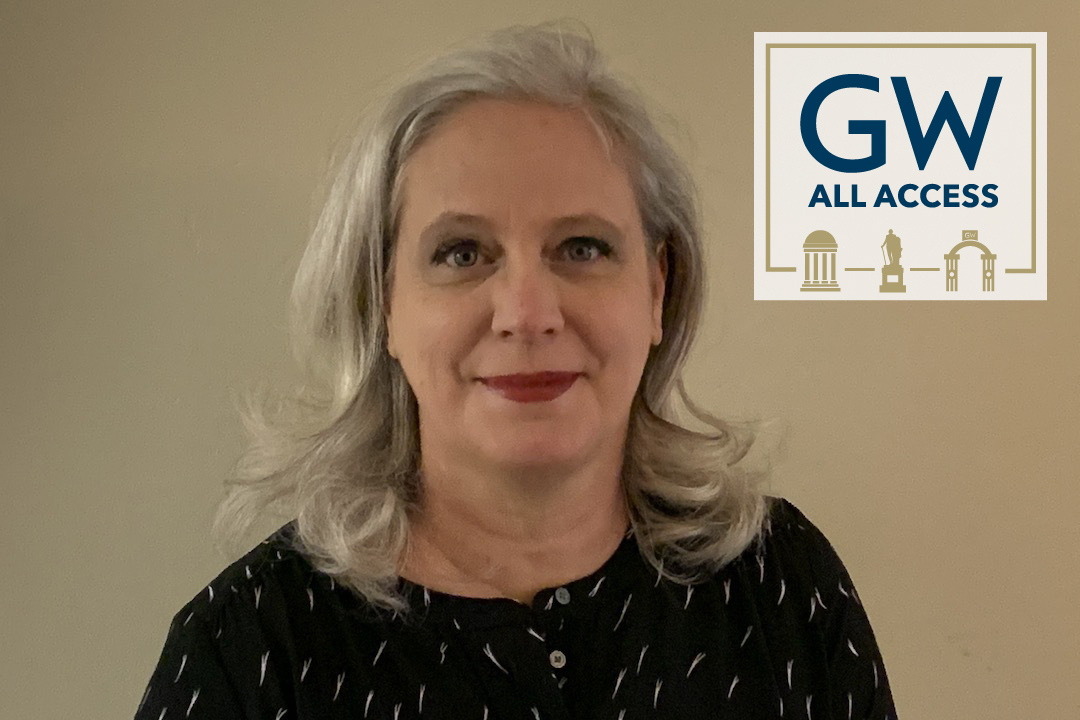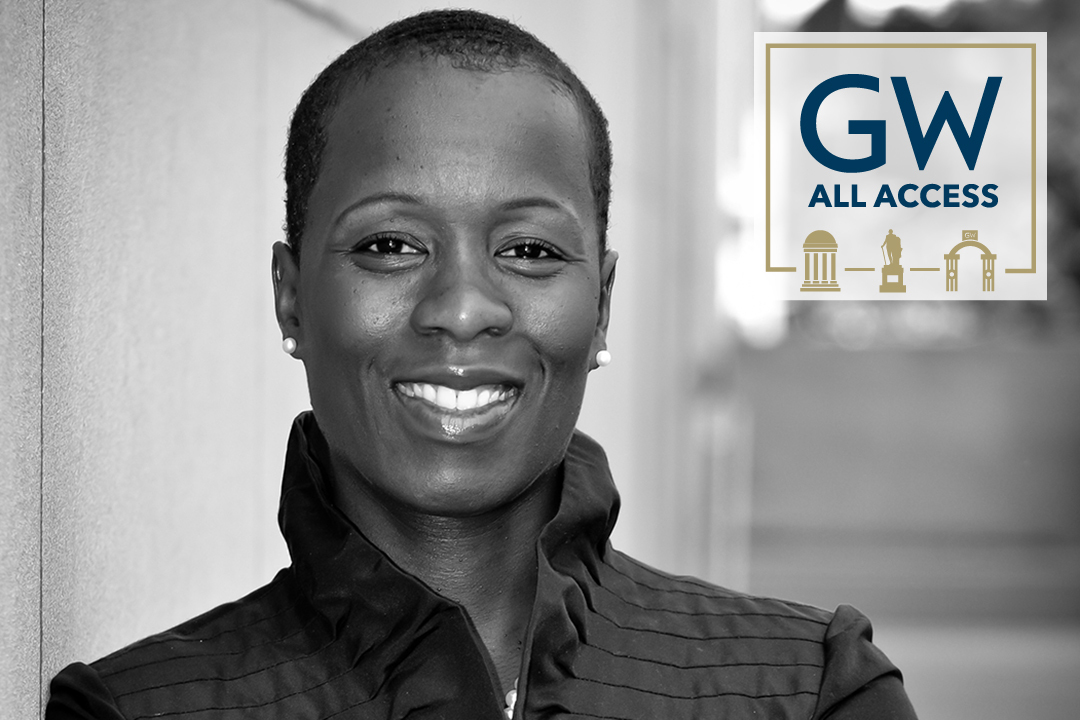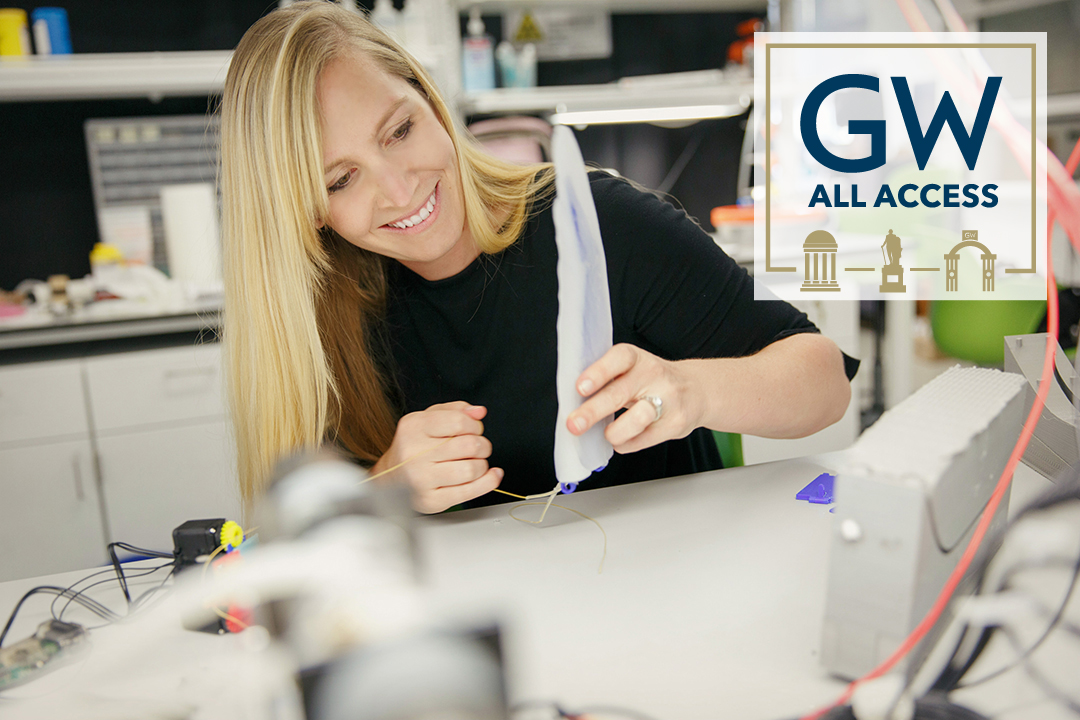By Kristen Mitchell
Parsing out the subtle differences between disorders of consciousness—which include being in a coma or vegetative state—has important implications for a patient’s access to care. But how can clinicians accurately assess a patient’s condition if they can’t communicate for themselves?
Trudy Mallinson, director of the Advanced Metrics Lab and associate dean for Health Sciences Research in the School of Medicine and Health Sciences, is focused on developing and refining outcome assessments that will more accurately categorize a patient’s condition and track changes over time. Because patients are unable to speak for themselves, clinicians and caregivers rely on observed behavior to make judgments about a person’s state of consciousness.
The ways disorders of consciousness are measured, however, has historically been inconsistent, said Dr. Mallinson, whose research team includes undergraduate students, graduate students, and post-doctoral and post-baccalaureate researchers.
“I’m really interested in how we design assessment tools that serve the purpose they are intended for. Assessments that are great for diagnosis may not be good for measuring change over time,” she said. “Here’s this really vulnerable group of people, and we can’t develop good interventions because our measurement technology is sort of letting us down.”
These clinician assessments are important because they are used to determine whether a patient can enter a rehabilitation facility or if they are making notable “progress.” More comprehensive assessments and defined parameters will improve assessment consistency and aid communication between clinicians and caregivers, Dr. Mallinson said.
As part of a broader effort to deploy a user-friendly assessment tool to measure recovery of consciousness, Dr. Mallinson’s Ph.D. student has conducted data analyses to more correctly define what it means for a patient to be in a vegetative compared to a minimally conscious state. In addition, her research team has spent months coding hundreds of academic papers in a quest to describe what aspects of consciousness are assessed in clinical trials.
While most in-person research across the university was paused during the spring because of COVID-19, the Advanced Metrics Lab’s work carried on in the virtual space.
Since coming to George Washington University in 2013, Dr. Mallinson has leaned on the virtual domain in order to stay connected with collaborators in Michigan and Illinois, and to allow student researchers to conduct data entry and coding on their own time. The methodologically-driven focus of the lab’s research suits the virtual environment well, she said.
“A lot of research happens on big teams that are remote, so I think research has always operated in a somewhat virtual environment,” Dr. Mallinson said. “Most of what we do is software based or app based.”
Recently, Dr. Mallinson’s lab met virtually with collaborating labs at other institutions in the United States and Belgium, which gave student researchers a chance to speak with one another and brainstorm ideas on how to use existing data to explore new research questions.
Dr. Mallinson encourages students who hoped to explore research this fall to reach out to faculty to discuss opportunities. The Advanced Metrics Lab is looking for student researchers to contribute to existing projects, and many labs have datasets that can be mined for secondary analysis beyond the work they were originally compiled for.
“There are all sorts of ways to do research that are not collecting the data live yourself, you can use data over and over,” she said. “That might not be what students thought they would be doing, but there’s still lots of really interesting questions that can be answered.”





